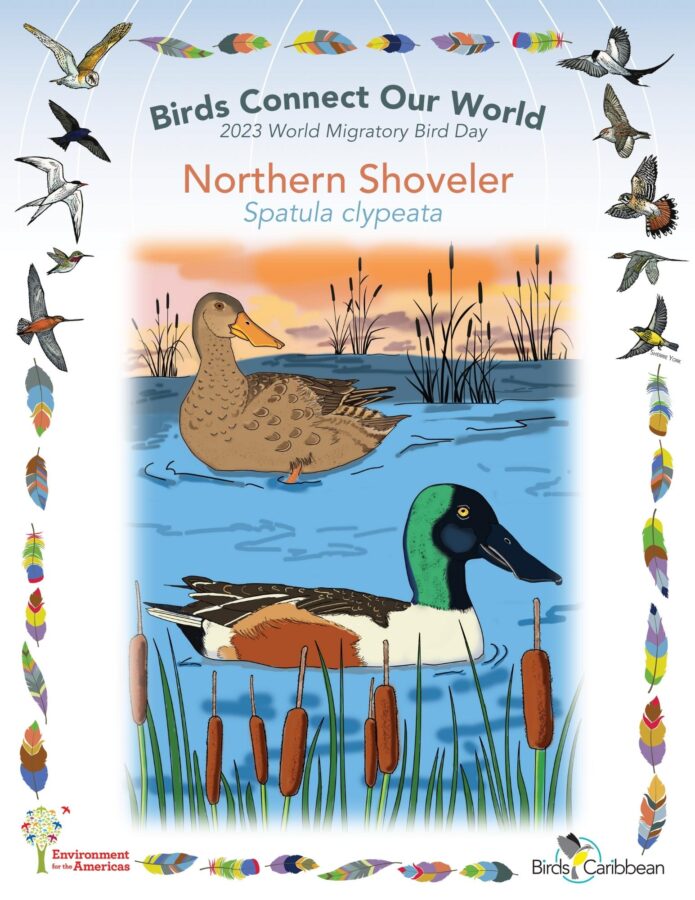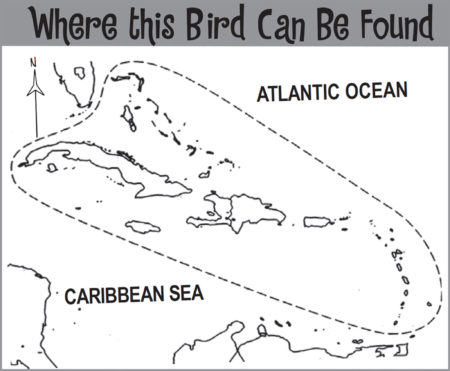Celebrate World Migratory Bird Day (WMBD) with us in 2023! This year’s theme is “Water: Sustaining Bird Life”. Have fun learning about a new migratory bird every day. We have coloring pages, puzzles, activities, and more. Download for free and enjoy nature with your family at home.
Migratory Bird of the Day: Northern Shoveler
Spoony. Bootlips. Souplips. Hollywood Mallard. We could only be talking here about the magnificent Northern Shoveler! This dabbing duck has earned these nicknames due to its huge shovel-shaped bill, which, if you have a vivid imagination, looks like the bird is grinning.
Breeding male Northern Shovelers have an iridescent green head and neck, bright white chest and breast, and rusty colored belly and sides. Their wings have a gray-blue shoulder patch, which is separated from a brilliant green speculum by a tapered white stripe. The bill is black, and the legs and feet are orange. Females have a light brownish head with a blackish crown and a mottled brown body. Their powdery-blue shoulder patch is sometimes visible at rest. The bill is orange and speckled with black dots.
In North America, they fly south to winter at lower altitudes. They fly from the iconic Rocky Mountains down to California and Mexico in late August or early September. Some will also fly east to winter along the Atlantic Coast, down to the Gulf Coast and the Caribbean. Look out for these dandy ducks on your island at wetlands, flooded fields, agricultural ponds, and wastewater treatment ponds.
Northern Shovelers feed by dabbling and sifting in shallow water. Their large bills have more than 100 lamellae (fine comb-like serrations) along the edges which allows them to filter out aquatic invertebrates, seeds and plants from pond water. They swim occasionally with their head under water, or tip-up, and sometimes even dive to feed underwater. Feeding groups and also lone birds will swim in tight rotating circles to stir up the water and bring food items to the surface.
Males give a wheezy “took-took” call during courtship, in flight, and when alarmed. Females on the other hand give a nasal-sounding quack during courtship and throughout the breeding season.
Females build their nest, which is a shallow depression on the ground, within 150 feet of water, and line it with downy feathers. Their clutch size is 8-12 greenish-gray eggs. If threatened by predators or disturbed by humans, females will poop on their eggs. Stinky? Yes, but also quite effective at making sure predators think twice about getting close to those eggs!
Habitat loss and degradation caused by development, climate change, and pollution are major threats to the Northern Shoveler, both on their breeding and wintering grounds. The good news is that whether you’re in the city or rural areas, you can adopt several behaviors that can have a positive impact on wetlands. This includes volunteering for wetland restoration projects, planting native plants, ditching the chemical pesticides, recycling your waste, checking your pipes and fittings regularly for any leakages, and harvesting rainwater. Learn more about this species, including its range, photos, and calls here.
Thanks to Aliya Hosein for the text and Christine Elder for the lovely illustration!
Color in the Northern Shoveler
Download the Migratory Birds of the Day Coloring Page! Use the picture above and the photos on this page as your guide, or look up pictures of the bird online or in a bird field guide if you have one. Share your colored-in page with us by posting it online and tagging us @BirdsCaribbean #WMBD2023Carib
Listen to the calls of the Northern Shoveler
Male Northern Shovelers make a “took-took” call during courtship, in-flight, and as an alarm call.
Puzzles of the Day
Click on the images below to do the puzzle. You can make the puzzle as easy or as hard as you like—for example, 6, 8, or 12 pieces for young children, all the way up to 1,024 pieces for those that are up for a challenge!
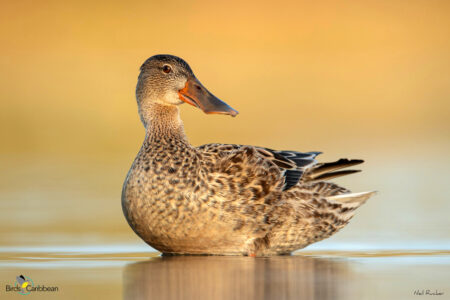
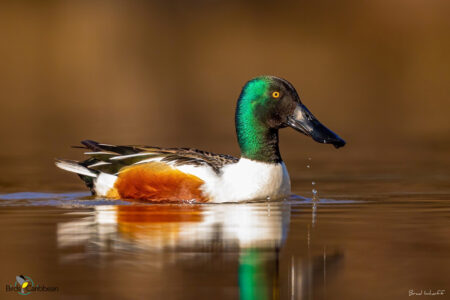
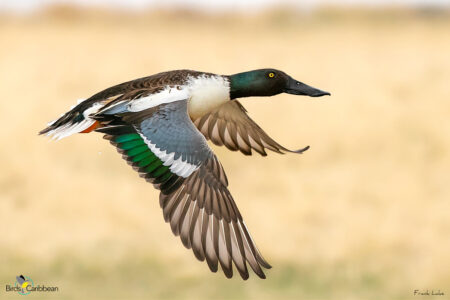
Activity of the Day
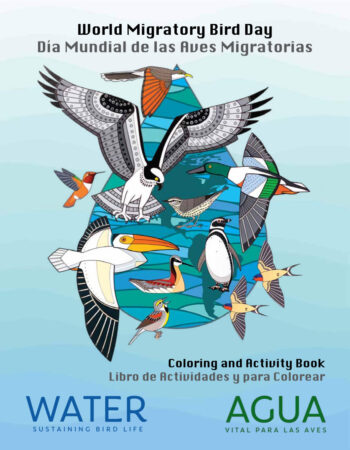 FOR KIDS: Every year Environment For The Americas (EFTA) selects several bird species to feature for World Migratory Bird Day. These species all migrate through or within the Americas. Several of these birds will pass through or spend the winter in the Caribbean. This year, the featured “Caribbean migratory birds” included the Osprey, Barn Swallow, Northern Waterthrush, Yellow-billed Cuckoo, Wilson’s Phalarope, American White Pelican and of course today’s featured bird, the Northern Shoveler (click to find out more about each bird!).
FOR KIDS: Every year Environment For The Americas (EFTA) selects several bird species to feature for World Migratory Bird Day. These species all migrate through or within the Americas. Several of these birds will pass through or spend the winter in the Caribbean. This year, the featured “Caribbean migratory birds” included the Osprey, Barn Swallow, Northern Waterthrush, Yellow-billed Cuckoo, Wilson’s Phalarope, American White Pelican and of course today’s featured bird, the Northern Shoveler (click to find out more about each bird!).
EFTA also made a fantastic and fun activity book for you to enjoy full of interesting facts about birds and water, coloring pages and many other water and migration related games and puzzles. You can find them all to download here. This activity book is in both English and Spanish, and features beautiful bird art by Augusto Silva—Enjoy!
FOR KIDS AND ADULTS: Enjoy this video of Northern Shovelers feeding in the wild!

